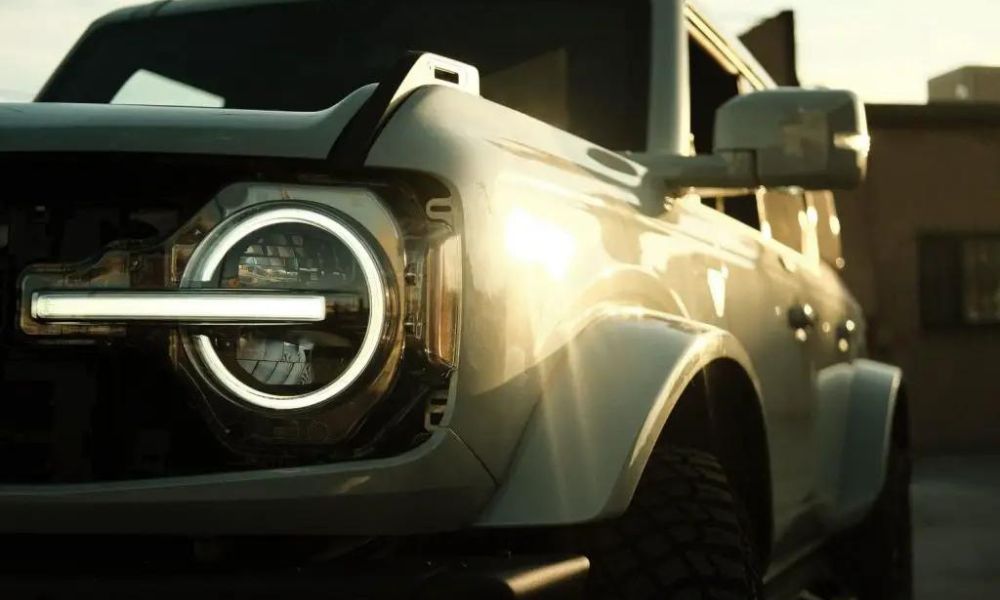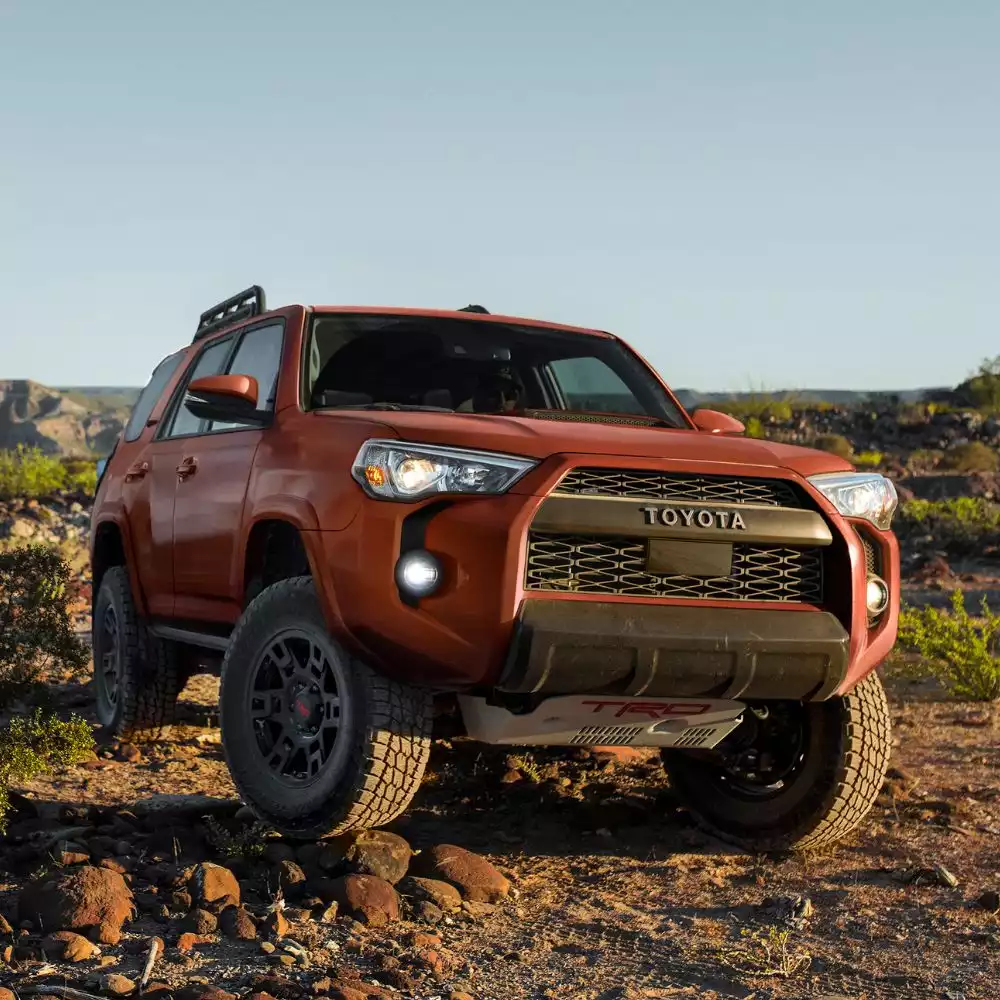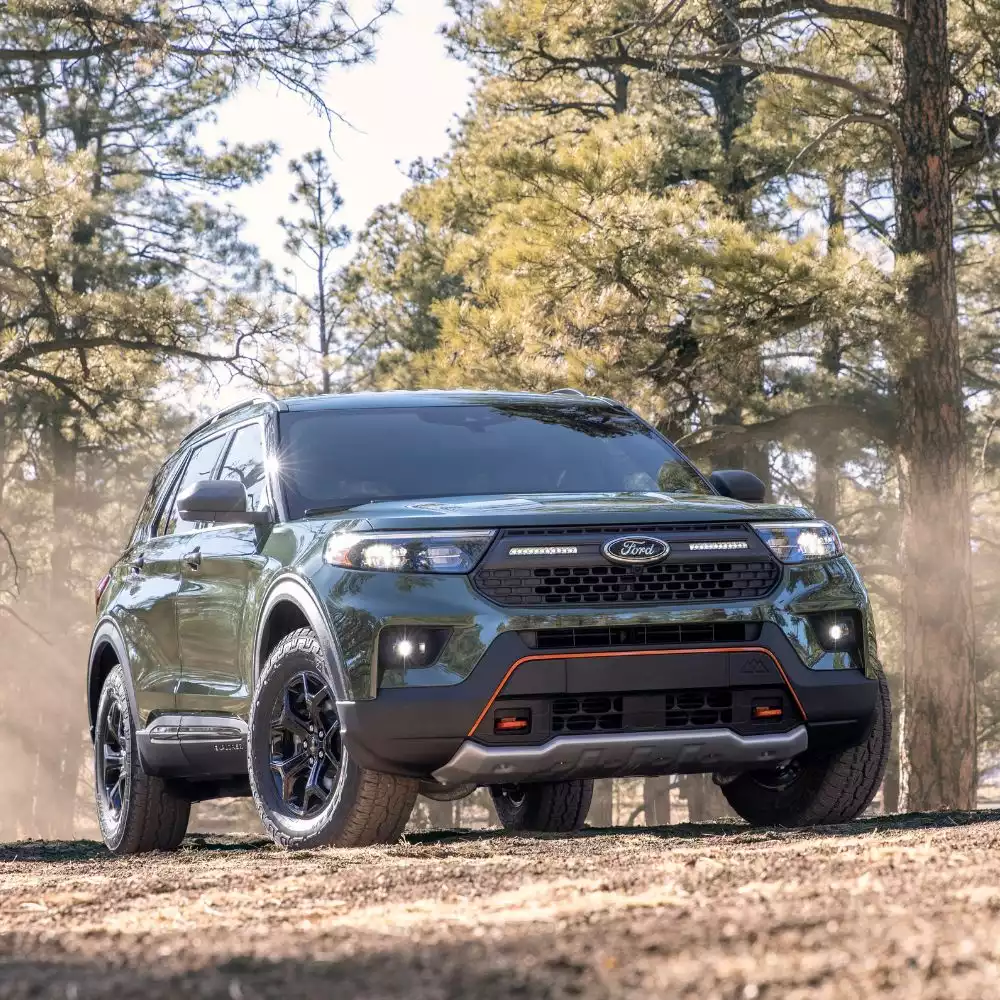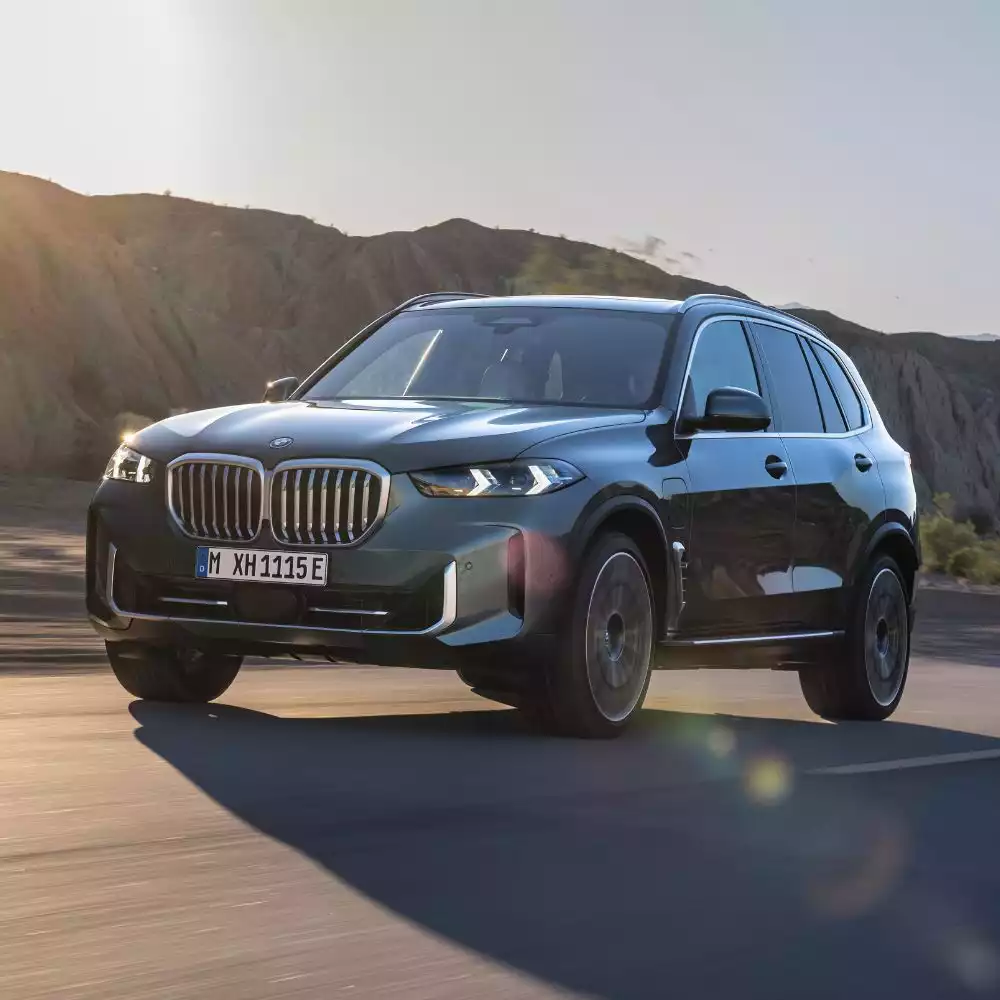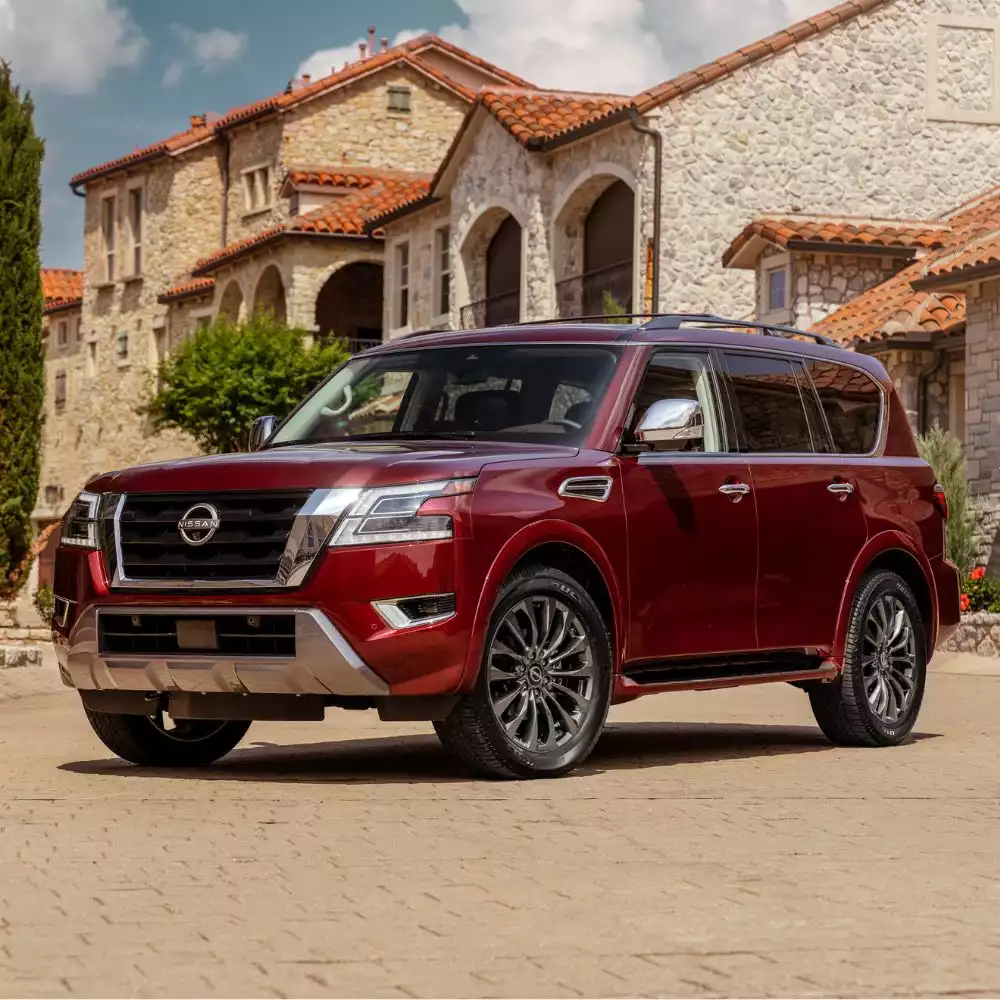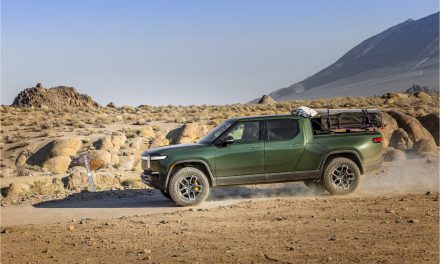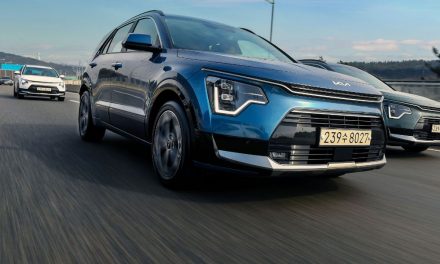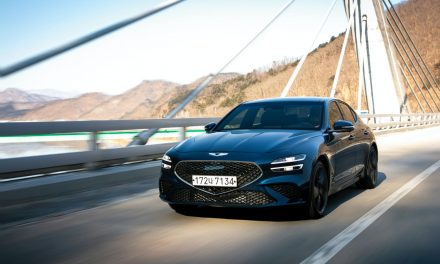I get commissions for purchases made through links in this post.
If you prefer not to own an SUV with the CVT transmission (wouldn’t blame you) you are in luck! Several SUVs, like the Bronco, 4Runner, X5, Explorer, and Armada, are on the market today, and they still offer a standard, normal automatic transmission.
Jump to:
1. Ford Bronco
I get commissions for purchases made through links in this post.
I am a massive fan of the new Ford Bronco; this retro-futuristic SUV looks great and performs exceptionally!
The Ford Bronco comes with a 10-speed automatic transmission, making it ideal for off-roading and much more reliable than if it came with a CVT.
However, they can be less durable and may need help handling a larger engine’s power. The Bronco’s 10-speed automatic is designed to be more durable and perform better.
It also has a broader range of gears, which can be helpful when climbing hills or towing a heavy load. While it may not be as efficient as a CVT, the 10-speed automatic will provide better performance and reliability.
2. Toyota 4Runner
I get commissions for purchases made through links in this post.
The 4Runner is exceptionally well-known for being highly reliable! Part of this is because it is equipped with a less futuristic yet trustworthy 4-speed automatic transmission, rather than a CVT you will find in many other SUVs.
Much like the Bronco above, it is competent both on and off-road! It is high quality, reliable, and a ton of fun to drive. Its 4-speed transmission makes shifts much more noticeable, which can make the drive quite a bit more fun, if not less fuel-efficient.
3. Ford Explorer
I get commissions for purchases made through links in this post.
The Ford Explorer utilizes a 10-speed automatic transmission, much like the Bronco we talked about at the top of this article! That said, it is a very different vehicle. Instead of being built for off-road prowess, this vehicle is much more built around smooth driving on the pavement.
With its longer wheelbase, great engine, and 10-speed automatic transmission, it can hardly be felt shifting through its gears, regardless of how hard you push it.
The police use these vehicles due to their well-rounded nature, speed, and size.
4. BMW X5
I get commissions for purchases made through links in this post.
If you are on the hunt for a great luxury SUV that does not have a CVT transmission, you are in luck! Not only does the X5 not have a CVT, but BMW does not use it for any of its SUV products.
The X5 has a fantastic driving feel and is highly luxurious. You would be hard-pressed to find a more well-rounded SUV on the market, CVT or not.
5. Nissan Armada
I get commissions for purchases made through links in this post.
The Nissan Armada is a behemoth of an SUV, and it is equipped with a 7-speed automatic transmission. This helps it move its massive frame around with ease and gives it the towing power that it needs to handle just about anything you throw at it.
While the shift points may not be as seamless as a CVT (because the CVT doesn’t have shift points), the 7-speed automatic is more than capable of getting the job done and is much more durable.
What is the difference between an automatic and a CVT transmission?
Continuously Variable Transmission, or simply CVT Transmission, is a part of the drivetrain that gives a smoother experience for drivers compared to when they use the traditional ones. While CVTs may be widespread and favored for their fuel efficiency, they also can have disadvantages to other powerful vehicles like SUVs.
Although a CVT is related to an automatic transmission since it does not require any intervention from the user, that is about where the parallels end.
A CVT is a transmission that does not have any gears. Instead, it is equipped with a belt and a pulley. The engine is connected to one pulley, while the wheels are connected to another. The two pulleys are connected by an elastic band.
On the other hand, an automatic transmission has gear ratios that are automatically adjusted as the vehicle moves, and the transmission can also be automatically shifted into neutral when the vehicle comes to a stop.
Why do people like automatic transmissions more than CVT?
Generally speaking, most car enthusiasts tend to prefer an automatic transmission vehicle (over a CVT anyways)! Automatic transmissions are much more engaging and more reliable, and people are much more used to them. It can be a bit disconcerting for someone who is used to a geared automatic to switch to a CVT where there isn’t any shifting of any kind.
On the reliability front, CVTs have shown to be much less reliable (at least with certain manufacturers like Nissan). They also are not quickly rebuilt and repaired like their regular automatic transmission brethren, making them much more expensive.
Between these two things, most people will generally like an automatic over a CVT.
Conclusion
One of the perks of a CVT has always been its capability to alter its gear ratio on the fly, which is highly convenient. This implies that no matter what speed the engine is running at, it will continuously be operating at peak performance levels.
As a response, CVTs frequently provide superior fuel efficiency, particularly while driving in urban areas.

